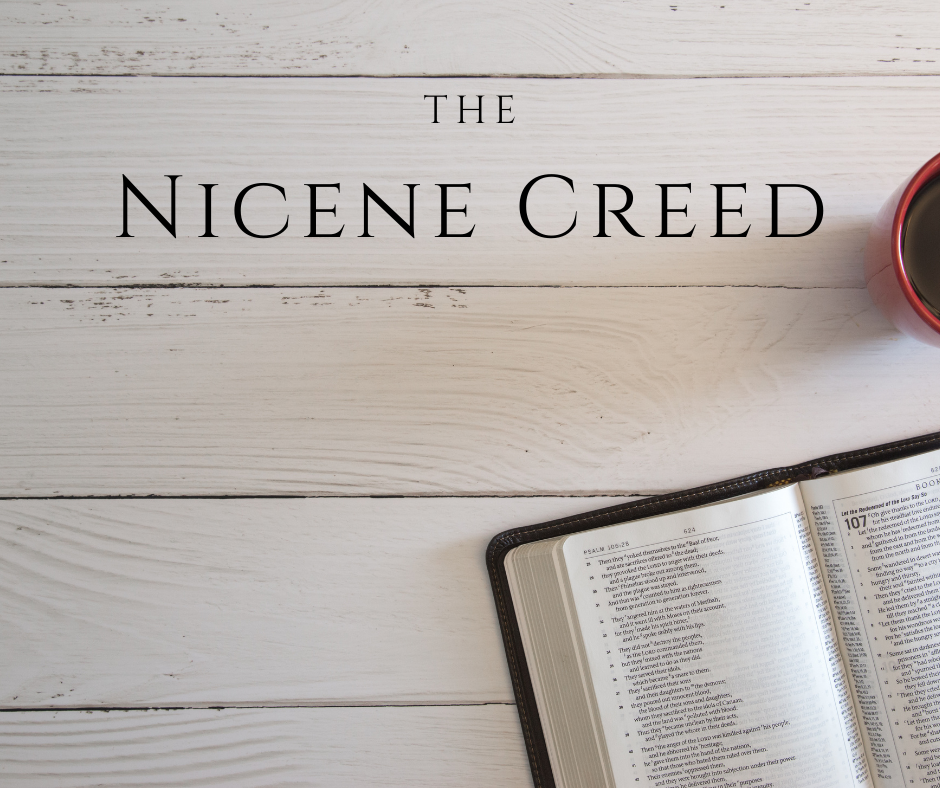Wash Your Hands
The structure of Mark is fascinating. One commentator explains that for Mark, "Placing stories together like bricks in a row with little if any editorial cement is not unusual in Mark." The last time Mark mentioned the Pharisees were in Mark 3:6, "The Pharisees went out and immediately held counsel with the Herodians against him, how to destroy him." A massive cliffhanger, and then Mark turns quickly to the sea of Galilee voyages. Mark has not mentioned the Pharisees in
True Christ
Who do you say that Jesus is? The predominate question that needs to be answered. This question is constantly before us as we read the gospel of Mark. Many answers have been given, Son of God (Mark 1:1, 3:11), Beloved Son (1:11), Holy one of God (1:24), a blasphemer (2:7), sabbath breaker (3:6), out of his mind (3:21), son of the most high God (5:7), just a carpenter (6:3), Elijah or Prophet (6:15), John the Baptist raised from the dead
Gentle Shepherd
We go from a banquet of people of nobility, military leaders, and other men of status at King Herod's perverse birthday party. We go from the palace to a side of a hill. I am sure Herod had many exotic foods and expensive wine. However, we see Mark explain that Jesus feeds the crowd of 5,000 men. He does not have an exquisite menu but simply bread and fish. Yet, the contrast is that Christ is the shepherd who cares
Are you willing to go?
Mark chapter six continues to show the reality of discipleship. Jesus does not receive honor from those in his hometown, and they are offended by him. Mark continues to explain the reality of those who follow Jesus. Mark 6:7-13 Jesus sends out the twelve disciples, Mark then writes about the death of John the Baptist in Mark 6:14-29. These two pericopes could be viewed as different texts; however, what I hope to show is that Mark deliberately places the story
Helpless but not Hopeless
Mark 5:21-43 Mark chapter five shows Christ's power and authority over all things. In the first half of Mark chapter 5, we saw that Jesus' power and authority was over the strongman of this world. We saw Jesus show his earthy ministry was not just for those who physically descended from Abraham. Jesus went over the other side of the sea of Galilee to cast out the unclean spirit of the man living in the cemetery. He becomes the first gospel
We are Beggars
Jesus, in Mark 4:35, told his disciples, "Let us go across to the other side." Chapter five begins when they have reached the other side, to the country of the Gerasenes. The end of this passage explains that Jesus went back to the other side (Mark 5:21). Jesus and his disciples are not merely going to a different city. They cross over the sea of Galilee. The region is disputed but is located on the east side of the sea
Great Fear
Mark 4:35-41 After Jesus had taught the crowd, a change in the scene occurs. As we have seen in the past, Mark can follow a crowd section followed by Jesus withdrawing with or without his disciples (Mark 1:35-39, 3:13-18). The author continues to point out the various people who interact with Jesus and their opinions. But what about the closest followers, the ones who Jesus explains the meanings of the parables to, who have been given the secret of the kingdom
The Lamp, a measure, a sower and a seed.
The parable of the sower is one significant parable that helps us understand the other parables. However, the next section of Scripture gives us three or four parables, depending on how you count them. These strings of parables seem to be more proverbial than a logical thought progression. It appears to be a seminarian's first sermon with disconnected thoughts and no central point. Previously Jesus had said he speaks in parables to conceal, but now he is saying nothing is
One Seed
Mark 4:20 The parable of the sower is an important parable to understand because Jesus explained to his disciples if you do not understand this parable, how you will understand any parables (Mark 4:13). Previously we have seen the first three seeds. Although they fall in different places and have different outcomes, ultimately, the result is the same. No farmer or gardener only plants seeds so that thorny plants can choke them. No person sows seed into the ground to feed
A Seed Sown
Mark 4:1-20 Last week we looked at an introduction of parables. The parable of the sower is the example given as the parable to understand other parables. Jesus explained in verse 13, “Do you not understand this parable? How then will you understand all the parables?” The parable of the sower is the first lesson found in the parable textbook. When learning a language, you need to start with A-B-C, Α-Β-Γ, א-ב-ג. You need to understand the basics before moving forward.





